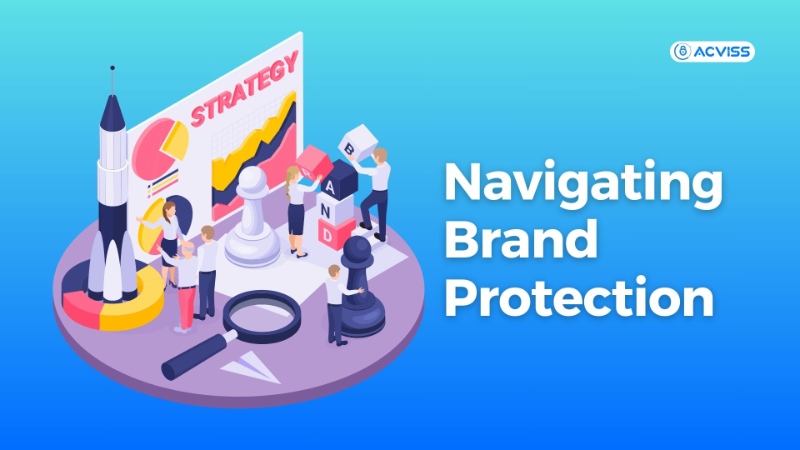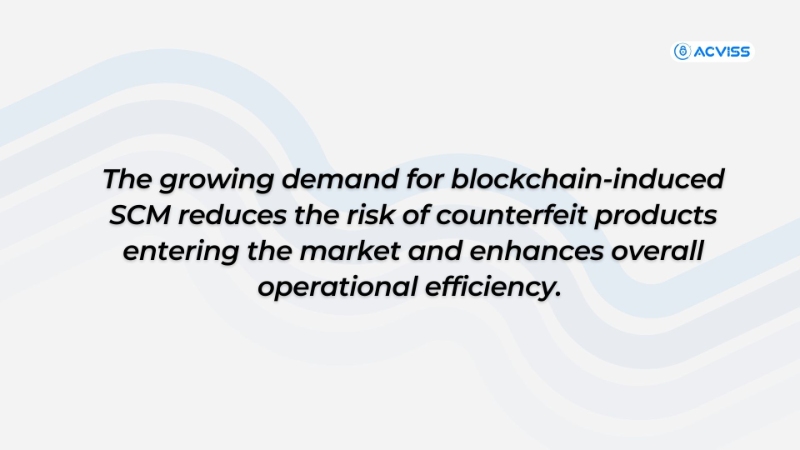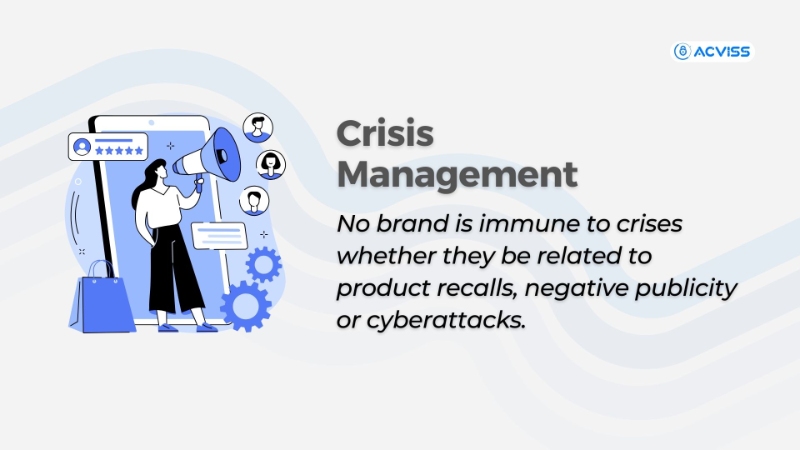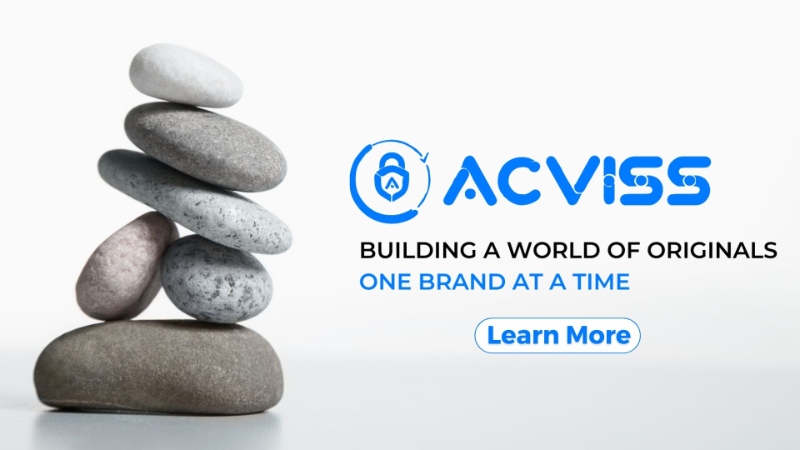Navigating the Brand Protection Landscape in The Modern Era.

The 21st century has been characterized by rapid technological advancements shifting consumer behaviour and global connectivity. And in-between the field of brand protection faces a dynamic and complex landscape.
No brand that is active in the market is safe today. With the overall fake market valued at over $3 trillion globally, cheap knockoffs or domain spoofing to scam innocent consumers surrounds the market like minefields about to explode. Brands today must navigate a myriad of challenges to safeguard their reputation, intellectual property and consumer trust.
Are Brand Protection Measures the Ultimate Solution?
Since the last decade, there has been a hike in the need and applications of brand protection practices across the globe and the anti-counterfeit packaging industry saw a drastic growth ever! Now in 2023, the industry has been valued at $148 billion globally.
The greatest advantage of this growth is the wide array of technological advancements and solutions that are capable of elevating and securing any brand. The negative side is the confusion and misconception regarding the effectiveness of the application of each measure.
Nonetheless, every brand needs to know the challenges and opportunities of each solution that are present in the market.
So, let's take a look at what can and cannot help in brand protection.
Safeguarding the Operational Environment
I. Embracing the Power of AI and Machine Learning
Artificial Intelligence has been getting a lot of buzz lately. Almost 34% of companies worldwide have implemented AI into their operations. And with the wider acceptance of Generative AI tools like ChatGPT, every business wants to have a bite into it. But this is not just limited to content generation or customer engagement.
AI and machine learning are some of the most sought-after measures to counter fake products. AI-powered tools such as Truviss analyse vast amounts of data to identify patterns and anomalies that might indicate product trademark violations or brand impersonations, on online and offline platforms.
Despite its tremendous potential, brands need to avoid over-reliance on these technologies without human oversight. Automated systems can sometimes generate false positives or fail to detect subtle infringements. Striking the right balance between human expertise and AI-driven solutions will be crucial.
II. Strengthening Legal Protections Globally
It doesn’t matter what other anti-counterfeit solutions the brand is equipped with. Not putting enough effort into legal protection can negate all other practices.
Brands should continue to advocate for stronger legal protections both domestically and internationally. Strengthening trademark and intellectual property laws can deter counterfeiters and infringers making it more difficult for them to operate with impunity.
Collaborative efforts among governments, industry associations and brands can drive progress in this area.
But brands should not solely rely on legal measures. It's always advisable to have proactive brand protection strategies in place to complement legal efforts. Laws and regulations often lag behind and the enforcement of intellectual property rights can be challenging particularly in cross-border cases, not to mention a very costly process.

III. Educating Consumers
Customers are a brand’s greatest ally and the first line of defence against fraud. Brands should invest in consumer education initiatives to raise awareness about the risks associated with counterfeit products and the importance of purchasing from legitimate sources.
Educated consumers are more likely to make informed choices and report suspicious products.
However, avoid being overly preachy or alarmist in their educational efforts. Fostering a sense of trust and collaboration with consumers is critical. Heavy-handed tactics can alienate customers and backfire leading to negative brand perceptions.
IV. Enhanced Supply Chain Visibility
A weak supply chain translates to a brand vulnerable to counterfeiting. And the only way to counter this is to adopt technologies like blockchain to achieve greater transparency and traceability in their supply chains. The global value of blockchain in the supply chain is estimated to reach $3,272 million by 2026. This growing demand for blockchain-induced SCM reduces the risk of counterfeit products entering the market and enhances overall operational efficiency.
With blockchain-powered solutions like Origin, consumers can verify the authenticity and track the origin of products bolstering their confidence in the brand.
On the other hand, implementing blockchain or other supply chain technologies without a clear strategy will lead to wasted resources. Brands should carefully assess their specific supply chain vulnerabilities and prioritize technology investments accordingly.
V. Collaborative Efforts and Information Sharing
The future of the global economy heavily relies on collaborations and partnerships among brands, industry associations and government agencies. Sharing information about emerging threats and counterfeiting networks can lead to faster identification and disruption of counterfeit operations. Such collaboration can also help standardize best practices in brand protection.
Even when it seems a good idea, brands should be cautious about sharing sensitive data without proper safeguards. Cybersecurity and data protection must be prioritized to prevent the misuse of shared information. A balance between transparency and security should be maintained.
Omnichannel Presence has doubled the trouble!
E-commerce and social media platforms are continuously evolving and every brand has shifted to online portals to better access the growing audience. Developing countries like India alone hold 600+ D2C brands with a valuation of more than $6 billion which solely depend on online platforms for boosting their growth. Every social media platform has evolved to become an online marketplace widening the opportunities for brands to reach out to potential customers.
And what has this resulted in?
Even the smallest of mistakes can break the brand in a day!
1. Crisis Management and Brand Resilience
No brand is immune to crises whether they be related to product recalls, negative publicity or cyberattacks. Effective crisis management plans including clear communication strategies can minimize damage and restore consumer trust in the wake of adverse events. Brands can leverage their social media presence to address such issues to the public and even take feedback to encourage customer involvement in the decision-making process.
It is important for brands to avoid downplaying or concealing crises as this will lead to more significant reputational damage. Transparency and accountability are essential when addressing crises even when the situation is challenging.

2. Social Media Presence.
Remember the old saying “Imitation is the sincerest form of flattery”. It can also be the downfall of your brand. One of the biggest concerns in building a brand image on social media is the copycats who can take advantage of a known brand name and scam innocent customers leaving no room for doubt.
In 2020, Facebook claimed that out of the 2.7 billion users, over 5% were fake accounts, which accounted for 135 million accounts.
No matter what content is pushed out, the brand owns the rights to the content they publish. And the only way to overcome this threat is to enforce that right by closely monitoring any infringements.
But make sure, your brand does not copy other brand’s content. Even if it seems necessary to do so, make sure to give proper credit to the owner and seek permission from them before posting.
A Constant Fight
Brand protection is not a one-time effort; it requires ongoing vigilance and adaptation. And it all depends on what strategy the brand chooses to adopt. Remember it is always necessary to protect your brand's operational image and public reputation. Brands should invest in robust monitoring systems that can detect threats in real-time. Regularly reassessing and updating brand protection strategies will be essential in the rapidly changing landscape.
If you desire to be the brand that wants to make a change, never forget to get in touch with us. We are here to create a world that is safe for brands to grow. Acviss has protected over 2 Billion products across the world and catered to over 80 brands globally and we assure you that your brand is a priority for us.
